We tried making natto the old-fashioned way, and the result was unexpected but delicious 【SoraKitchen】
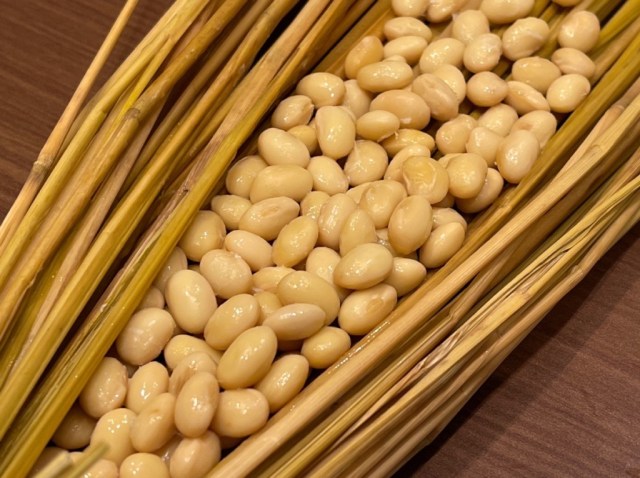
Who knew that fermenting soybeans was such a delicate process?
While most people see natto (fermented soybeans) in the form of small styrofoam packages – or even on ice cream, on rare occasions – do you know how it’s actually made or have wanted to make it yourself? Our Japanese-language reporter Saya Togashi decided to give natto making a go by purchasing a natto-making kit by the natural Japanese farmers at Fuudo Farm.
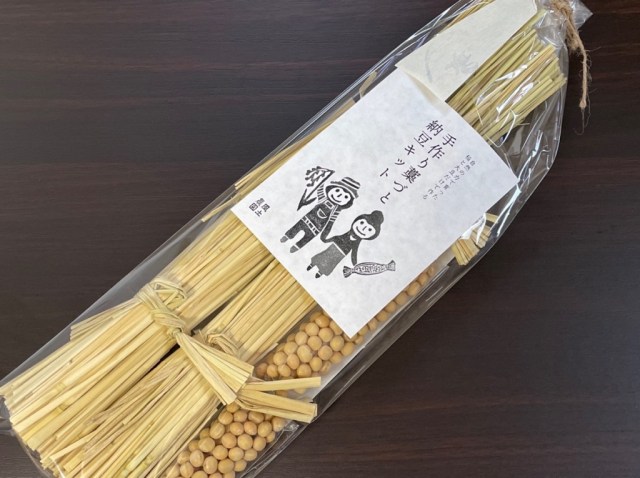
The kit, priced at 1,296 yen (US$11.41), contained two bags of dried soybeans and two packs of straw. And…that’s it!
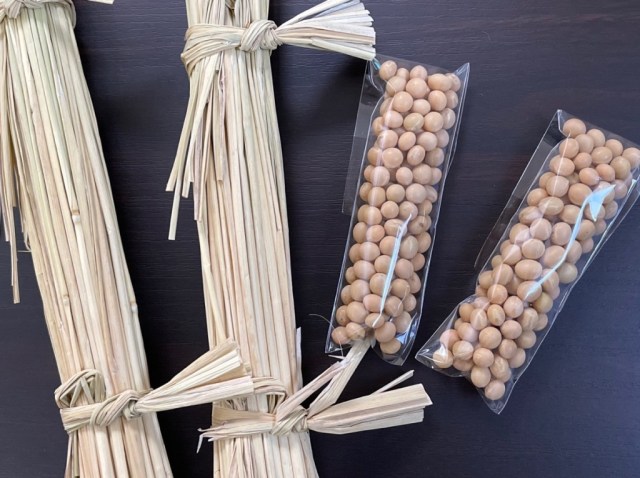
Natto is traditionally made by wrapping cooked soybeans in straw and maintaining enough heat for the natto bacteria to grow, thereby fermenting the soybeans and creating that ooey, gooey dish that has captured so many hearts.
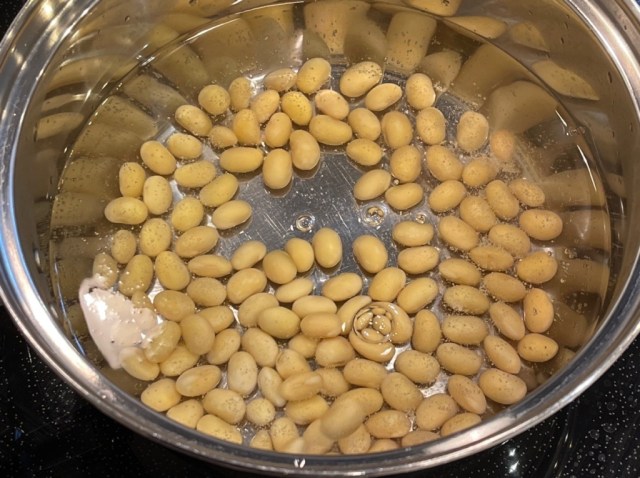
Saya started by soaking the beans overnight in water, then bringing them to a boil the next morning. The instructions said to boil the beans until they were soft enough to squish between your fingers, which meant a straight one to two hours of boiling. If you have a pressure cooker, though, you can reduce that time by a lot!
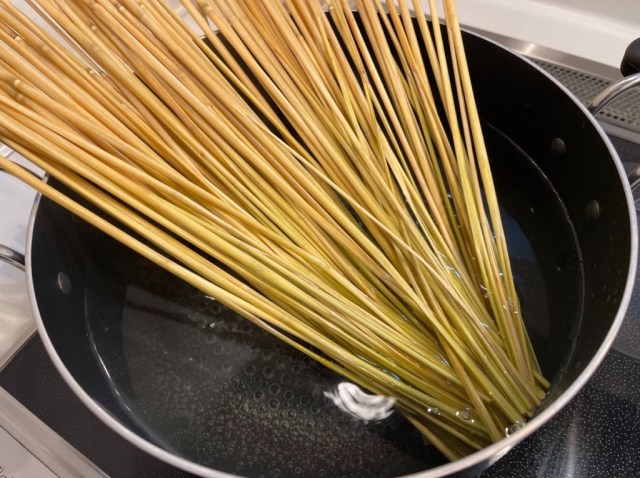
She also boiled the straw, but since it was so long, some of it stuck out of the pot and she had to gradually push it in there like spaghetti.
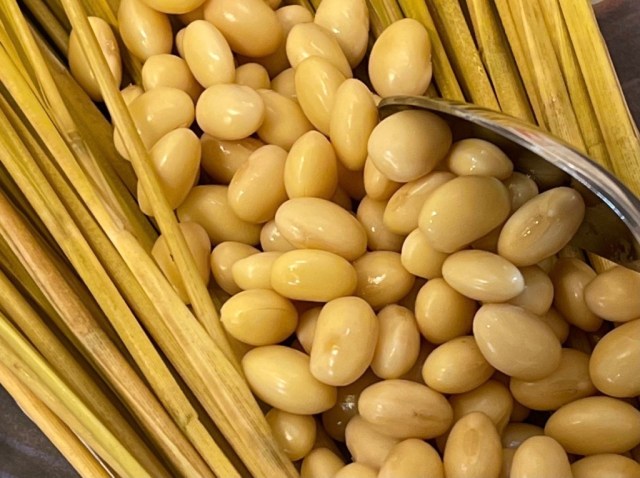
When all items were sufficiently boiled, Saya nestled the soybeans into the straw cocoon. She was worried that the beans were so hot that it would kill the natto bacteria, but this particular bacteria is pretty hardy and can survive up to 100 degrees Celsius (212 degrees Fahrenheit) of heat.
After the natto cocoon was complete, the actual prep was complete! Now came the task of keeping the beans warm for at least 24 hours. Yep, a full 24 hours. Otherwise, the beans and straw would get too cold to encourage the fermentation process.
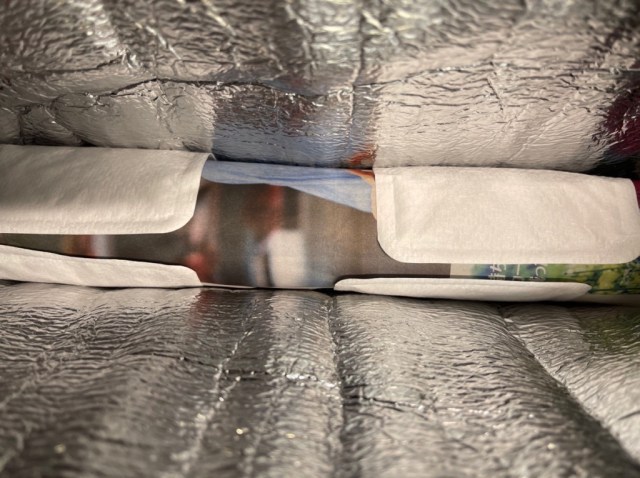
You can use a lot of methods to keep them warm, including the use of hot water bottles, a heater, hot kairo adhesive pads, and so on. Saya had a heat-saving bag and some kairo on hand, so she tried that method.
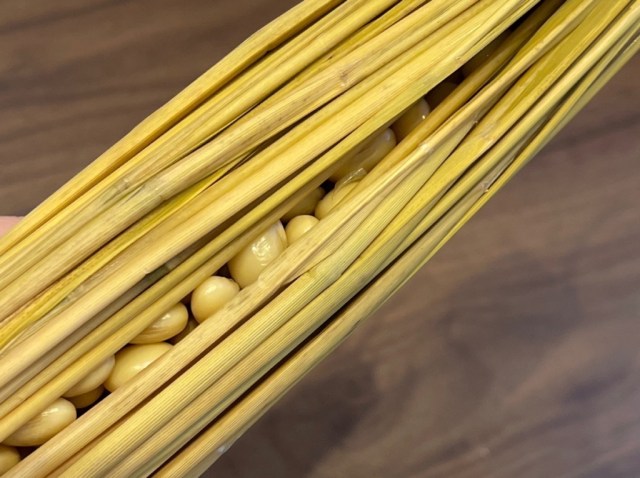
Unfortunately, the beans got cold in the process. Maybe it was because they were old, but her kairo didn’t stay warm for more than a few hours. She tried to save the batch by adding heat as soon as she noticed, but it was already too late. She ultimately decided to let it sit another 12 hours, as per the kit instructions.
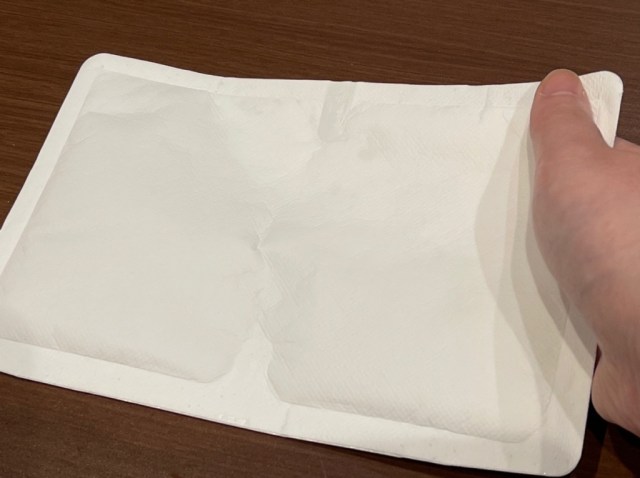
In the meantime, she started the second batch in the kit to see if it would go any better. She repeated the same process as the first batch, but this time, she used a huge, 24-hour kairo that was guaranteed to last long enough.

24 hours passed. She took a peek inside the cocoon to see how her beans were faring. It managed to stay warm for the full 24 hours, but she waited another 12 hours to make sure they had properly fermented.
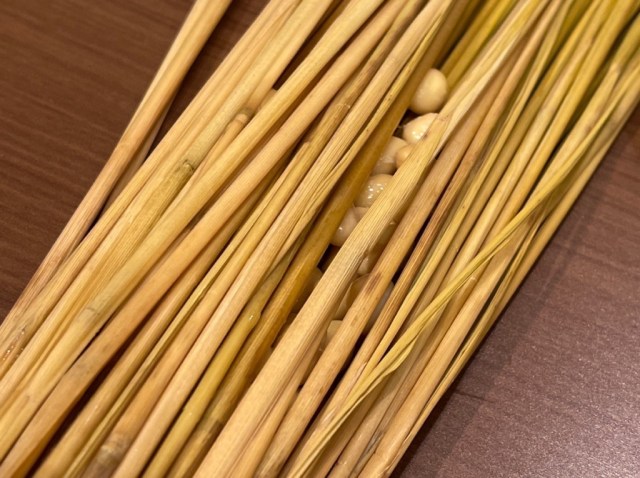
Another peek. This time she could see a slimy texture on the beans, which was a good sign!

They looked beautiful! They weren’t as stringy and slimy looking as natto you can find at the supermarket, but there was definitely something going on.
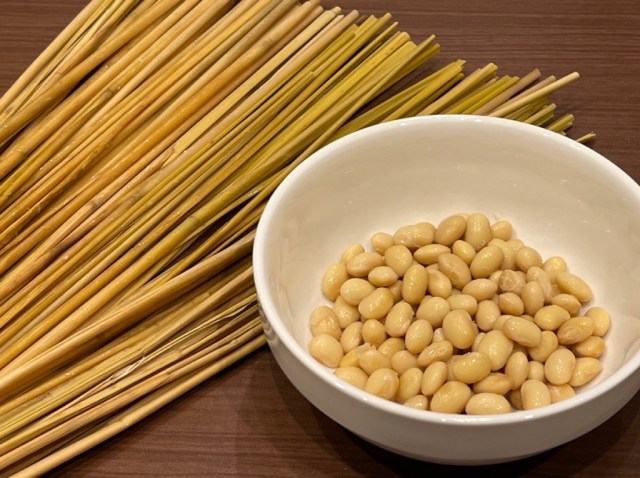
The next step was to let them refrigerate for two more days to reach natto perfection. And then came the long-awaited day to try her fermented creation. She cooked up some rice and topped it with her homemade natto.
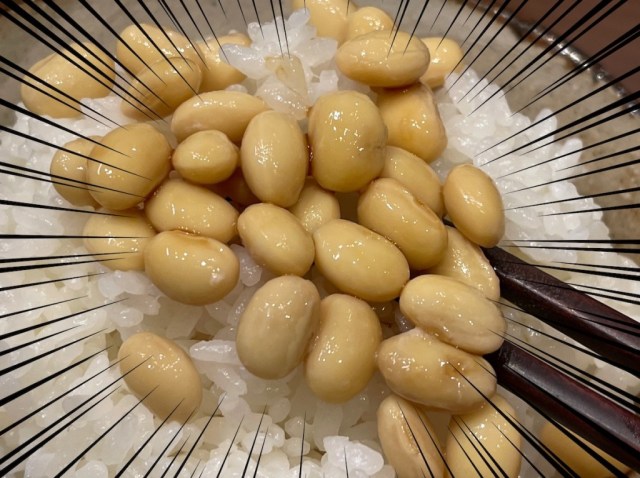
And when she took a bite…
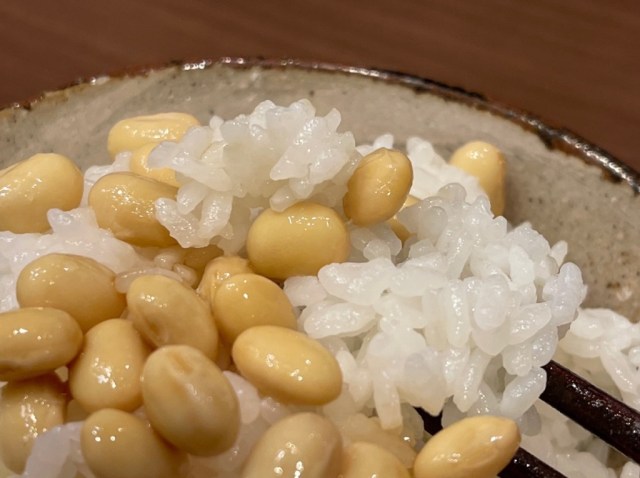
…they just tasted like soybeans.
There wasn’t enough bacteria growth to give it that slimy natto flavor she was hoping for. You can see the barest sheen of fermentation, but it’s not nearly enough. She didn’t feel too bad, though, since it was a fairly low-effort creation.
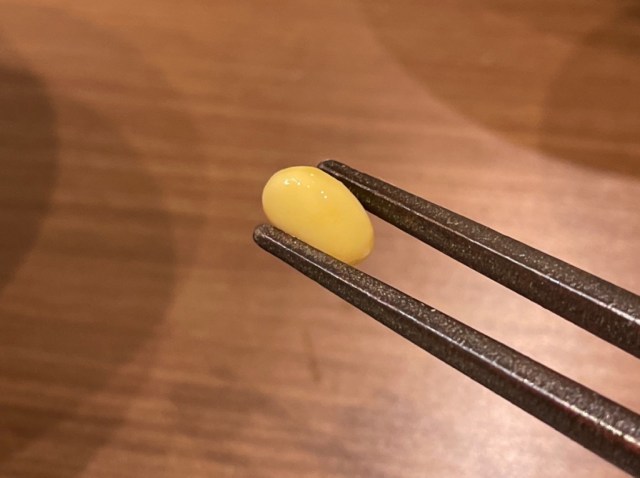
And honestly, it was a great bowl of soybean rice! She thought it paired perfectly with the dash of soy sauce she put on it. It was like a premium version of regular soybeans.
By the way, if you’re wondering what happened to the first batch, they started to grow black flecks after another 12 hours of fermenting. Saya decided that cocoon was better left unopened.
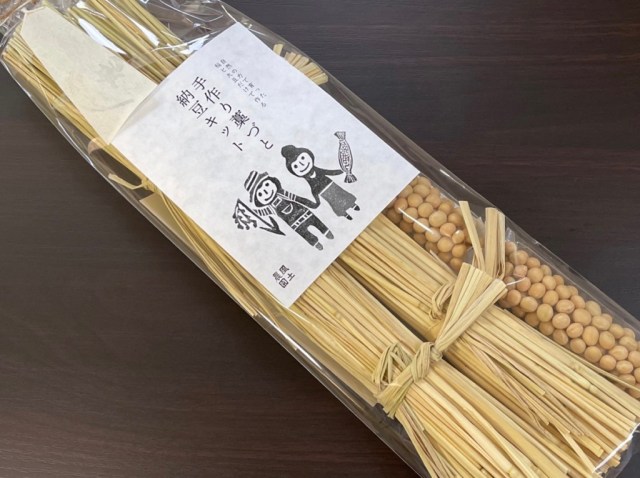
So even though Saya’s experiment to make homemade natto wasn’t exactly a success, she knows what to do for next time! Boil them almost until she thinks they’re overboiled, then keep that warmth packed in for the next 24 hours. If you want to give it a try and end up with the same results as Saya, you can still add natto flavor by, well, adding natto!
Photos ©SoraNews24
● Want to hear about SoraNews24’s latest articles as soon as they’re published? Follow us on Facebook and Twitter!
Credit:




0 comments: